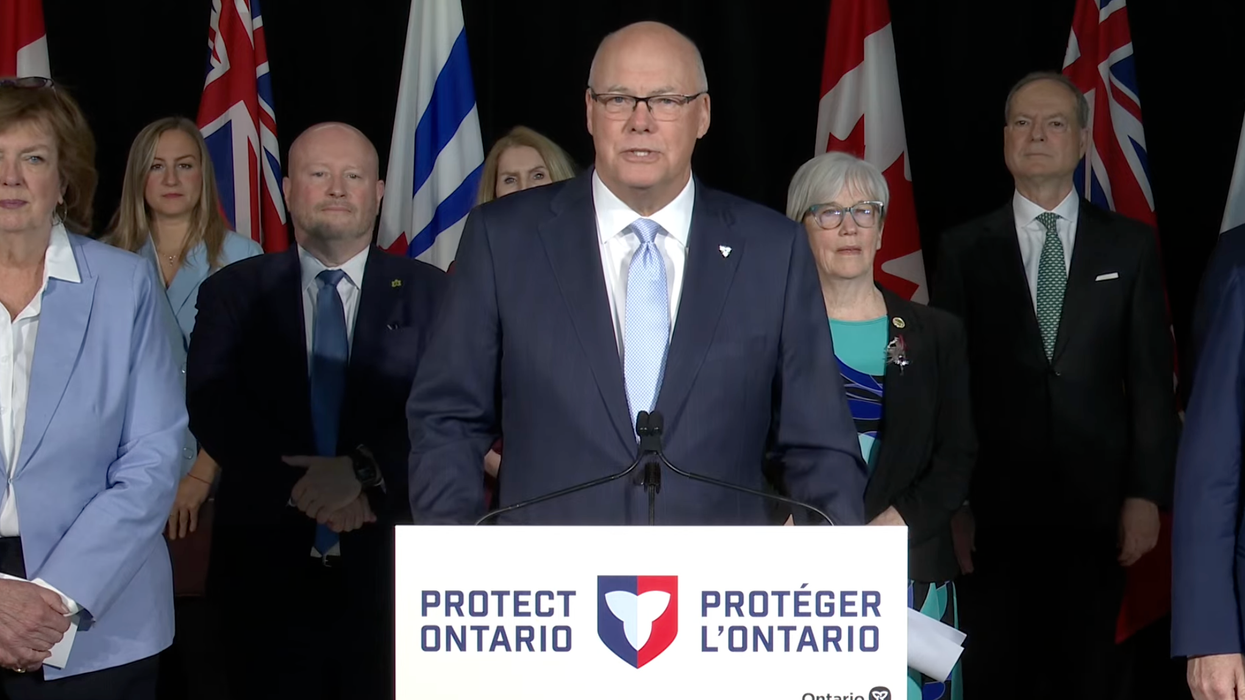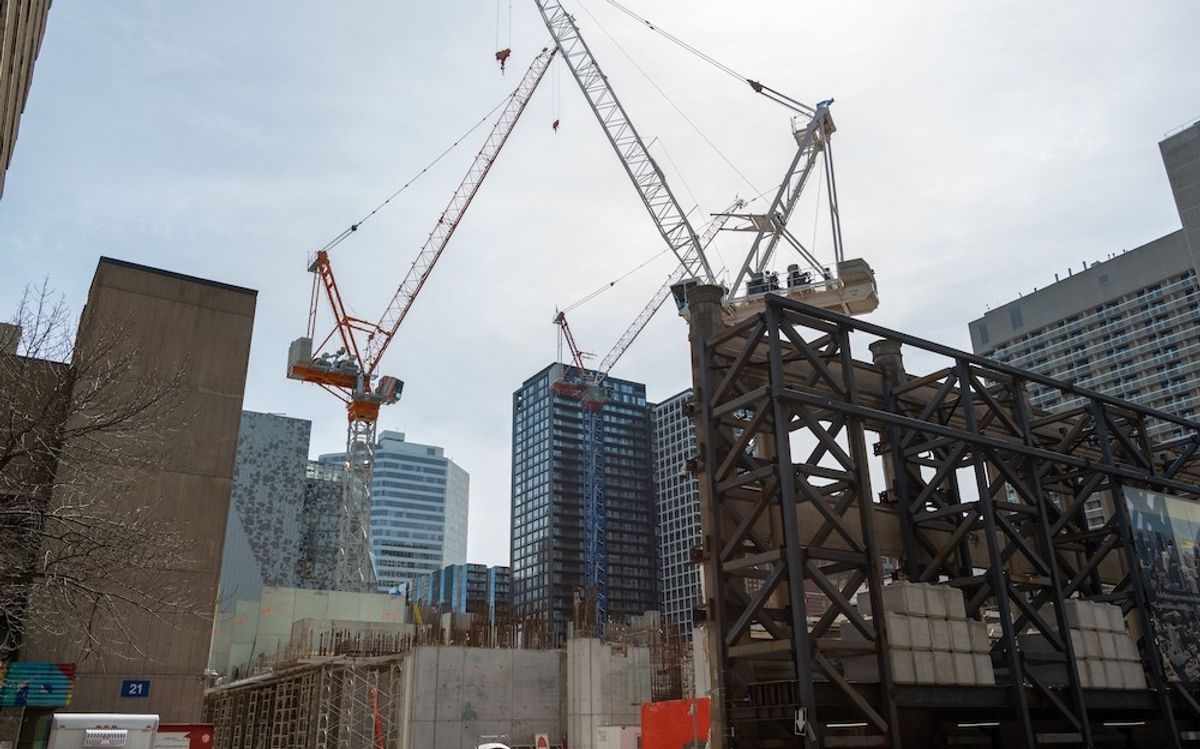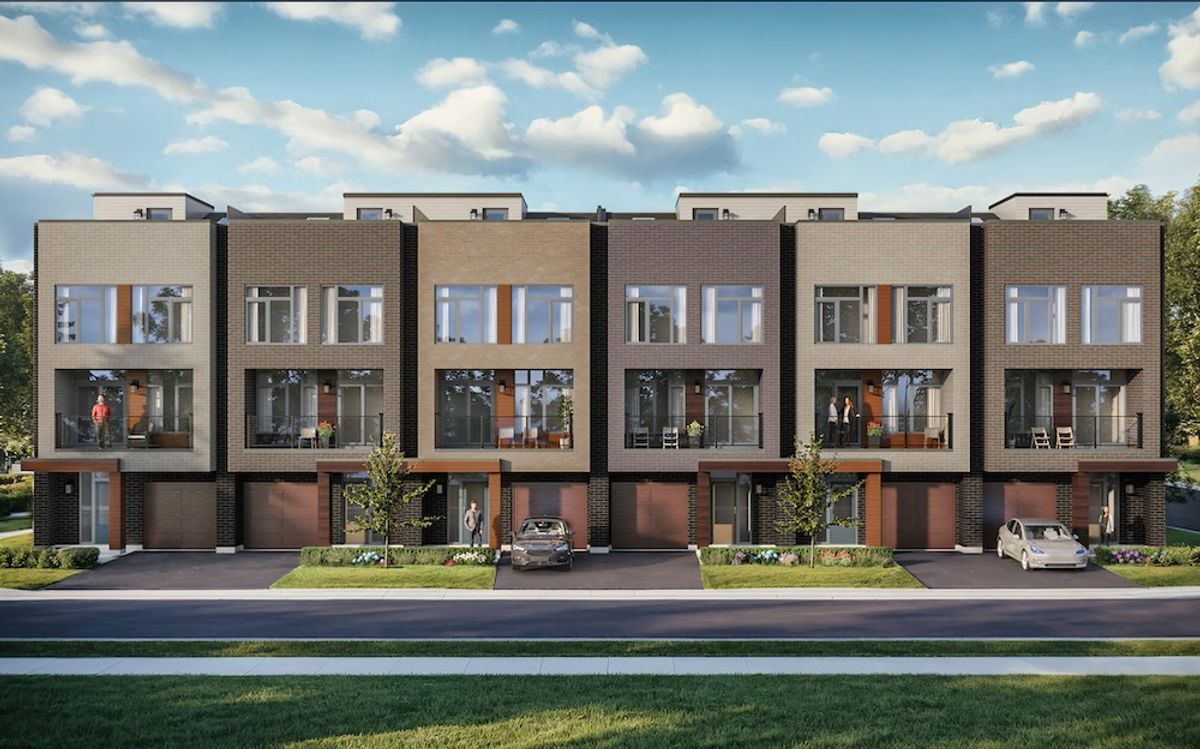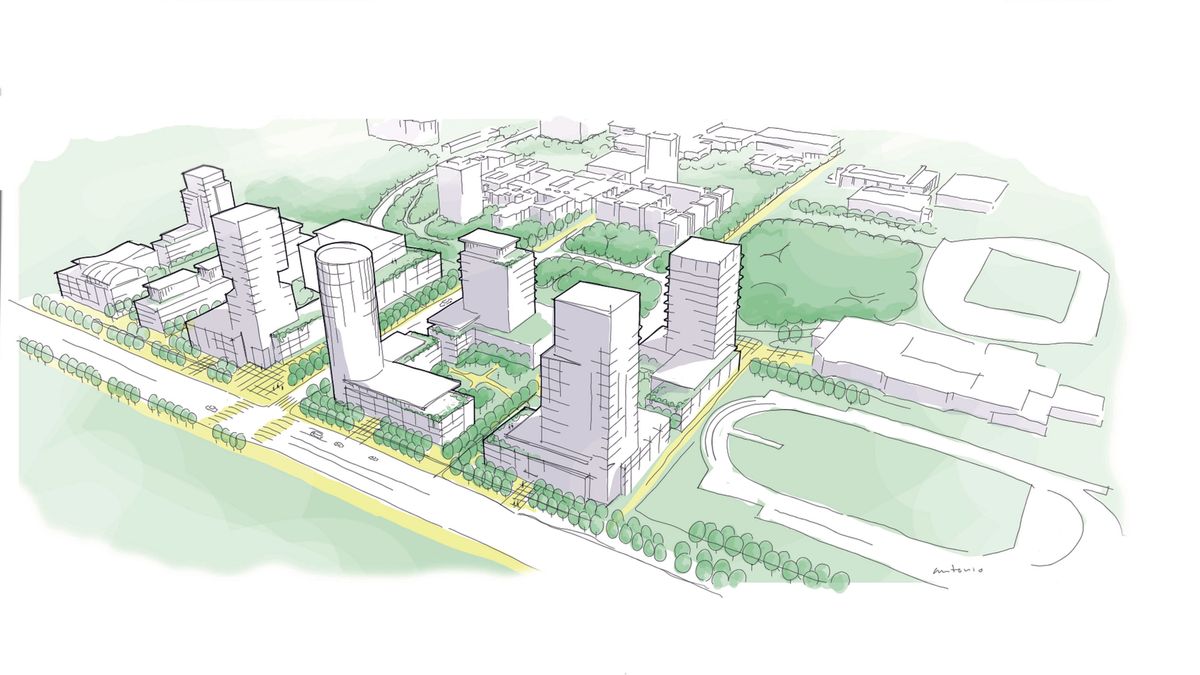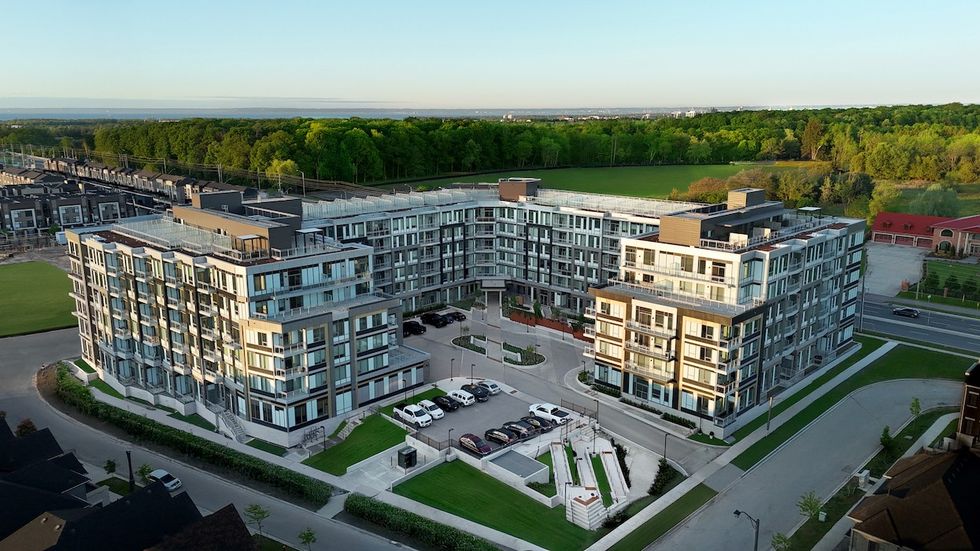“It’s a good day for future homebuyers,” said Scott Andison, CEO of the Ontario Home Builders’ Association at a press conference in Vaughan this morning. It stand to reason that it’s also a good day for Ontario’s homebuilders.
Today, the provincial government introduced the Protect Ontario by Building Faster and Smarter Act, 2025 to help speed up the construction of new homes and accompanying infrastructure. The sweeping new suite of tools are aimed at streamlining development processes and reducing costs in close partnership with municipalities.
Sure, we've heard this 'reduce the red tape' narrative before. But this time, it seems Doug Ford's government means serious business. After all, the pressure is on to build its promised 1.5 million homes by 2031.
“The dream of home ownership has to be a beacon of hope for all people and all families in this province,” said Minister of Municipal Affairs and Housing Rob Flack at the press conference. “As such, this afternoon, I will be introducing legislation that will help us tackle the serious challenge in our province: The need for more homes. To be frank, it takes too long and it costs too much to build houses in Ontario. With the escalating population growth we’ve experienced over the past few years – we all know this – we have not been able to keep up with the demand in this province. Since I was in high school, the Ontario population has doubled – doubled. We’re now a province of 16 million people.”
Demand therefore exceeds supply and dampens the dwindling Great Canadian Dream of homeownership. In no uncertain terms, Flack stated that this is not acceptable and needs to change. So, he’s introducing “innovative and bold solutions to build more homes and infrastructure smarter and faster.” Flack stressed the close collaborative origin of the bill between various levels of government and key homebuilding organizations.
“We are taking bold action to protect Ontario in the face of economic uncertainty by speeding up construction so we can lower housing costs and keep workers on the job,” said Flack. “The legislation we’re tabling today responds to recommendations and requests from municipal leaders, and will help build the homes and infrastructure Ontario needs.”
The Province says it’s boosting its unprecedented investment in housing infrastructure by immediately allocating an additional $400 million to the Housing-Enabling Water Systems Fund (HEWSF) and Municipal Housing Infrastructure Fund (MHIP). This increases the total funding for these initiatives to nearly $2.3 billion over four years, said Minister of Infrastructure, Kinga Surma.
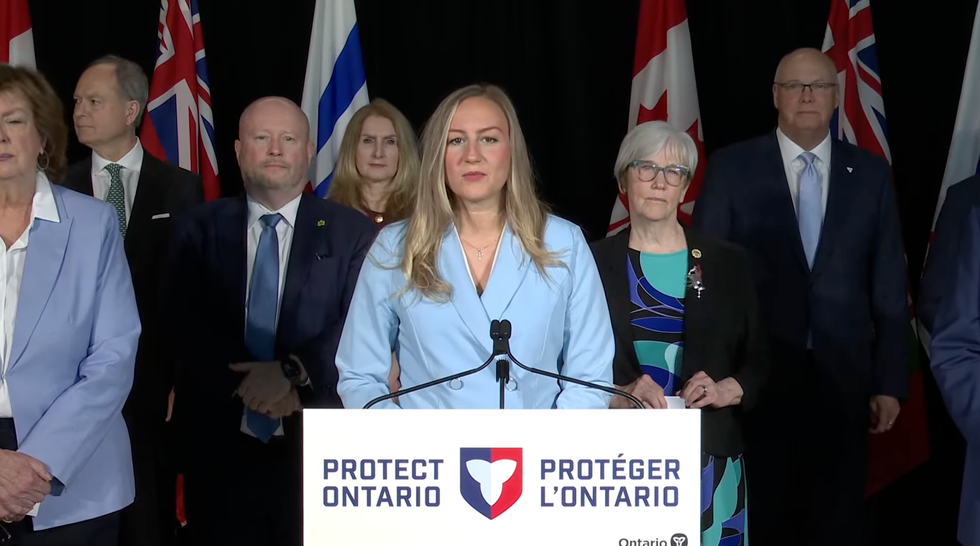
If passed, the Protect Ontario by Building Faster and Smarter Act, 2025 would spur new construction through a handful of measures:
- Simplify and standardize development charges based on measures developed with municipalities, including existing ones already implemented by some municipalities. This is an effort to streamline and reduce costly local development fees that notably increase new home costs.
- Streamline approvals for Canadian manufacturers that introduce innovative construction materials and costs in order to speed up projects.
- Streamline and improve planning and delivery for transit-oriented communities.
- Introduce consistent building construction standards across Ontario municipalities to reduce costs and speed up project approvals.
- Expand the Building Transit Faster Act, 2020 to all provincial transit projects to build major transit faster.
- Simplify, streamline and bring consistency and transparency to development applications, land use planning approvals, and contents of municipal official plans to make it easier and faster to build residential, commercial, and industrial buildings.
- Ontario's inconsistent road building standards across 444 municipalities cause unnecessary expenses and delays. By fall 2025, the province will consult on framework legislation to harmonize these standards and improve governance.
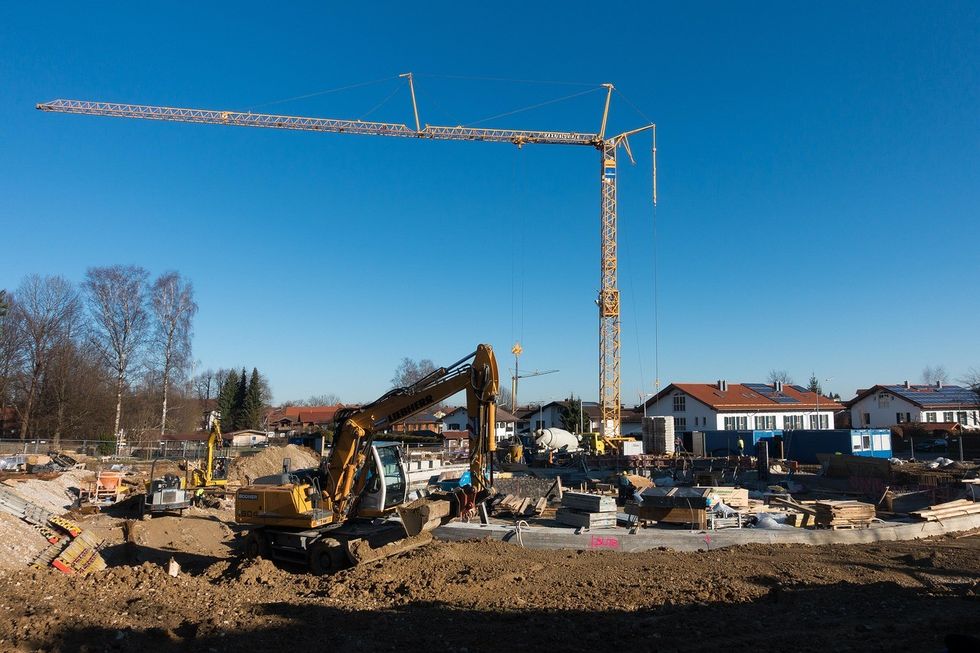
To help build approximately 600,000 homes, the province has allocated nearly $2.3 billion through the HEWSF and the MHIP, including an initial $2 billion and new $400 million investment, to fund key water and wastewater infrastructure. As Flack outlined in today’s press conference, moves like this are a critical step in protecting and creating jobs and attracting new investment.
Through the Building Faster Fund, the province also provided municipalities with $286.8 million for community and housing-enabling infrastructure last year, along with $120 million dedicated for small, rural and Northern municipalities without housing targets. This is being delivered through the HEWSF and MHIP. This is in addition to the $1 billion in flexible loans for housing-enabling water infrastructure projects available to municipalities through the Infrastructure Ontario Loan Program.
It didn’t take long for Ontario’s homebuilding industry to publicly applaud today’s announcement. “In light of the dire housing supply and affordability crisis that we are facing, the proposed legislative changes are critical to eliminating hurdles and reducing costs so that the residential construction industry can get back on track and build the housing that Ontario needs,” said Residential Construction Council of Ontario (RESCON) RESCON President Richard Lyall in a statement. “Today’s announcement aligns with many of the priorities identified by RESCON over the past two years to support residential housing construction and new home building. The actions undertaken by the government are vital to this effort.”
Specifically, RESCON praised the legislation’s focus on standardizing development charges (DCs) levied by municipalities to pay for infrastructure that supports new developments. Development fees – which have climbed dramatically in places like Toronto – have long been seen as a major barrier to new-home construction.
The proposed legislation comes days before the Ford government tables its budget on Thursday. If passed, the buzz-worthy new act could just be the catalyst the building industry needs to get those shovels in the ground and roofs over new homeowners’ heads.
